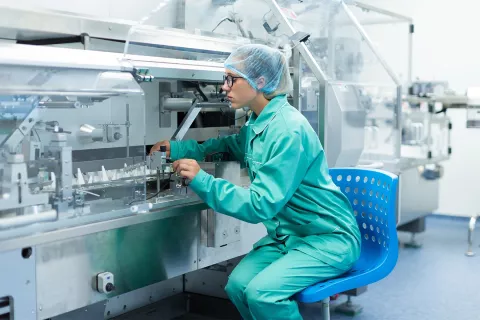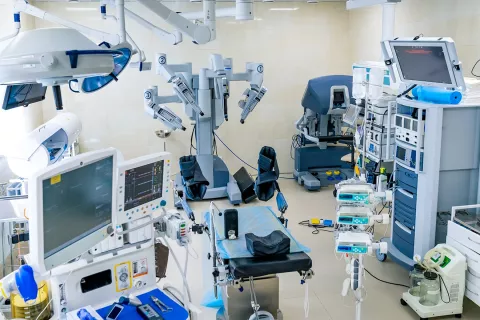The establishment of European Union Medical Devices Regulations (EU MDR) 2017/745 and In Vitro Diagnostic Devices Regulations (EU IVDR) 2017/746 posed additional requirements. The significant aspect highlighted was implementing the Post-Market Surveillance system (PMS). Enabling PMS will ensure the devices' safety even after being launched in the market.
PMS is a continuous process that includes deducing the plan to implement and maintain the system. The Periodic Safety Update Report (PSUR) is an essential tool in this process. It is a document that summarises the results and conclusions of the data gathered during the PMS and details any preventive and corrective actions if taken. This document will be maintained for each device or each category/ group of devices (wherever applicable).
PSUR is applicable to both medical devices and IVDs, but it is generally maintained only by the manufacturers of Class IIa, IIb, & III under EU MDR and Class C & D under EU IVDR. Article 86 in EU MDR and article 81 in EU IVDR outline the requirements for PSUR. The overall goal of PSUR is to demonstrate the data that manufacturers have deduced and implemented in their surveillance system, ensuring the safety and efficacy of the devices placed on the market.
Let us look into the details that should be incorporated into the PSUR. Also, note that the amount of data incorporated may vary, but the skeleton of the report should always contain the following components:
- The findings deduced from the Post-Market Clinical Follow-up (PMCF) {Post-Market Performance Follow-up (PMPF) in case of IVDs}
- Conclusions that are drawn from the benefit-risk analysis
- Description of the preventive and corrective actions taken (if any) and justifying the same
- The volume of the sales of the device
- Evaluation of the users (size, characteristics, usage frequency, etc.)
- Executive summary – the gist of the overall analysis
These documents must be updated frequently under the obligations mentioned in the regulations. As per EU MDR, Class IIb and III devices must update these reports on a yearly basis, while Class IIa devices should be updated at least every two (02) years. Similarly, under EU IVDR, Class C & D devices must be updated annually.
Further, according to Annex II and III, these reports are considered part of the technical documentation (except for custom-made devices). Class III devices/implantable devices and Class D IVDs are required to submit PSUR via EUDAMED (electronic system) to the notified bodies involved in the conformity assessment. Notified bodies will review these reports and provide their assessment and the actions taken (if any). These reports and assessments by notified bodies are available to the competent authorities via EUDAMED.
In the case of other remaining devices (Class IIa, IIb, and C), the reports shall be produced to the notified bodies involved in the conformity assessment and to the competent authorities upon request.
The importance of PSUR must come into the limelight as even though it is a single document, the placeholder of it in the PMS system is quite essential. Failure to write PSUR effectively may further raise potential queries and concerns from the notified bodies or competent authorities.
Having a systematic approach to designing the reports is always beneficial! Freyr, with over 10+ years of experience, has streamlined these processes enabling quality and success for the manufacturers!
Partner with Freyr today to conquer the post-market surveillance hurdles!










